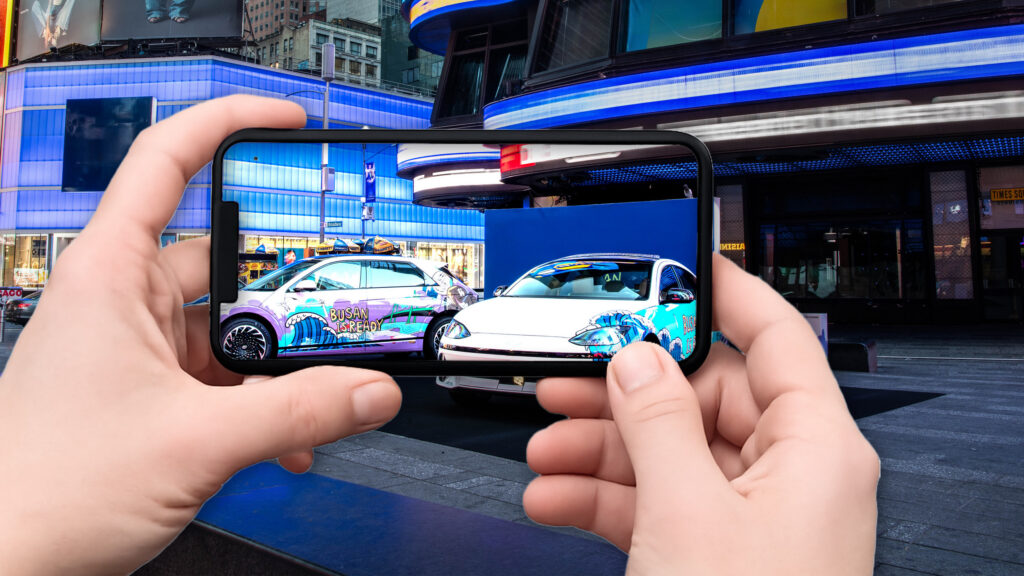NYC Idling Law

In an effort to tackle vehicle emissions and improve urban air quality, New York City has employed a unique strategy: empowering its residents to monitor and report idling vehicles. With approximately 700,000 vehicles congesting the streets daily, it’s a daunting task to keep everything in check. Residents are therefore incentivized to report idling offenses and receive a share of the fines. Remarkably, one individual claims to earn over $100,000 annually from this initiative, drawing broad interest and participation.
The Details
The law is simple: if a vehicle idles for more than three minutes, citizens can submit video evidence, potentially earning them a cut of the fine which ranges from $350 to $600. The whistleblower receives 25% of the fine amount. One particularly dedicated individual, known as “Streeter,” reportedly bikes through New York City for hours each day to catch these infractions, claiming a significant income from his efforts.
Criteria
These fines are only applicable to non-city buses and trucks. For instance, a bus idling while loading or unloading passengers is exempt, but if it remains idle beyond those operations, a fine is applicable. This approach to enforcement has been active for several years, though “Streeter” seems to have capitalized on it in an exceptional way.
The Experience
For those entering this modern bounty-hunting realm, the path to profit isn’t without personal risk. Many “clean-air vigilantes,” as they’re dubbed, have faced threats, aggression, and, in some cases, physical confrontations. This tension adds an edge to the seemingly straightforward process of making money through observation and reporting.
The Reaction
Opinions on the idling law and its enforcement vary widely. Some see it as effective community engagement, a clever use of technology, and a citizen-driven approach to environmental protection. Conversely, many truck drivers perceive it as a punitive measure, expressing concerns through representatives like Zach Miller from the Trucking Association of New York, who likened the system to bounty hunting.
With the complex backdrop of urban life, fuel dependency, and air quality challenges, this measure showcases the intersection of policy, technology, and community action. This debate over New York City’s strategy reflects broader conversations about environmental responsibility and personal freedoms. The results illustrate just how innovative and contentious environmental policy can be in a densely populated, vehicle-heavy urban zone.
Volvo Brake Recall
Honda Recalls Top SUVs
Nissan Skips Recall
Subsidy Shakeup
Wagoneer COV Debuts